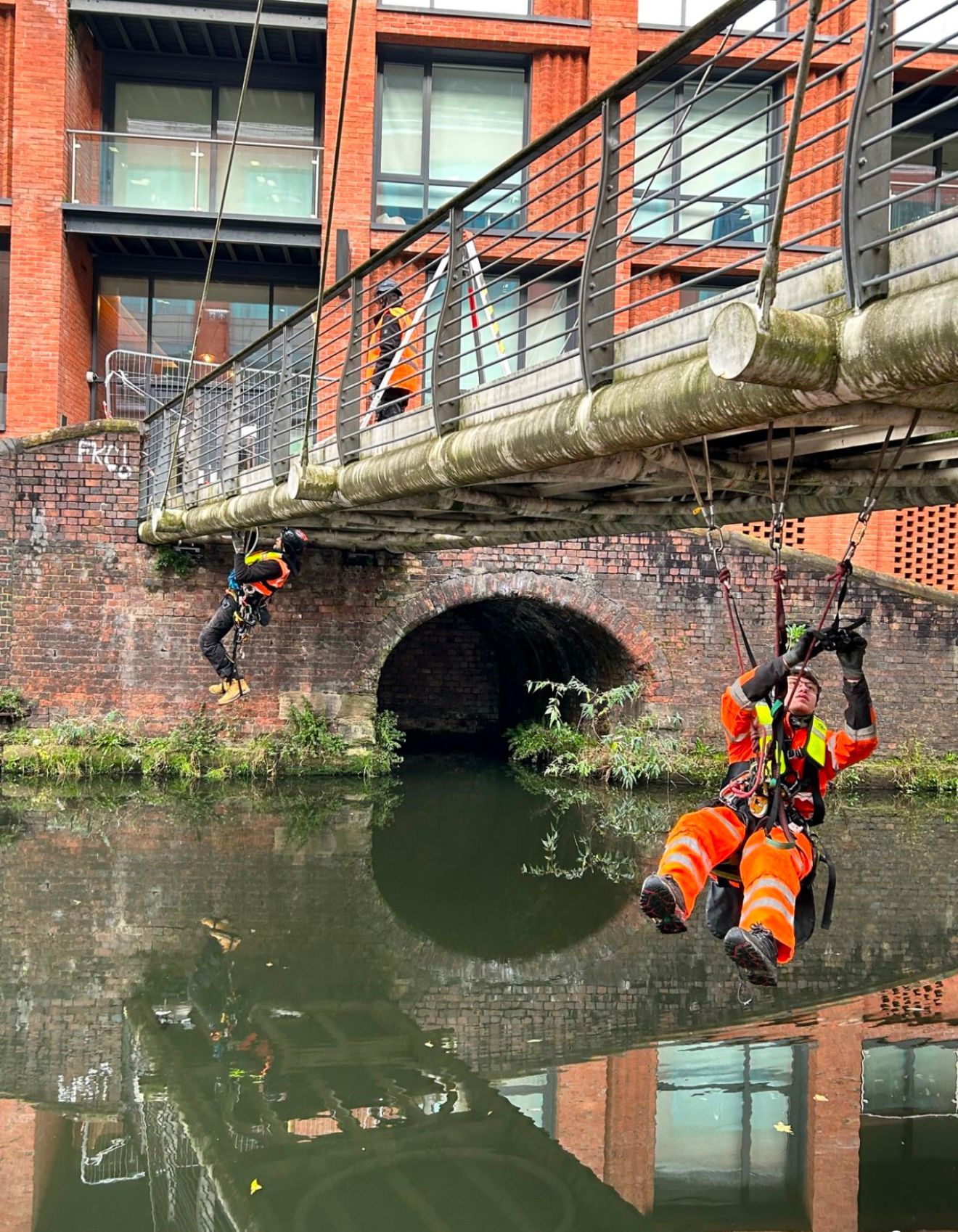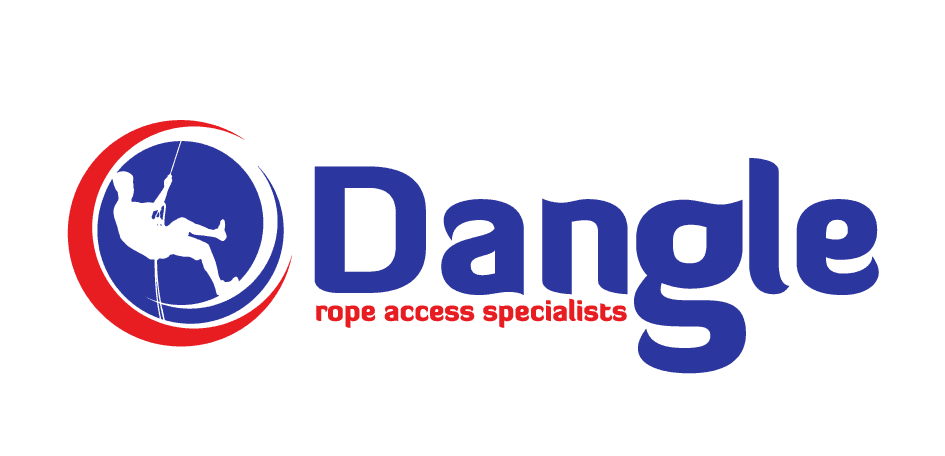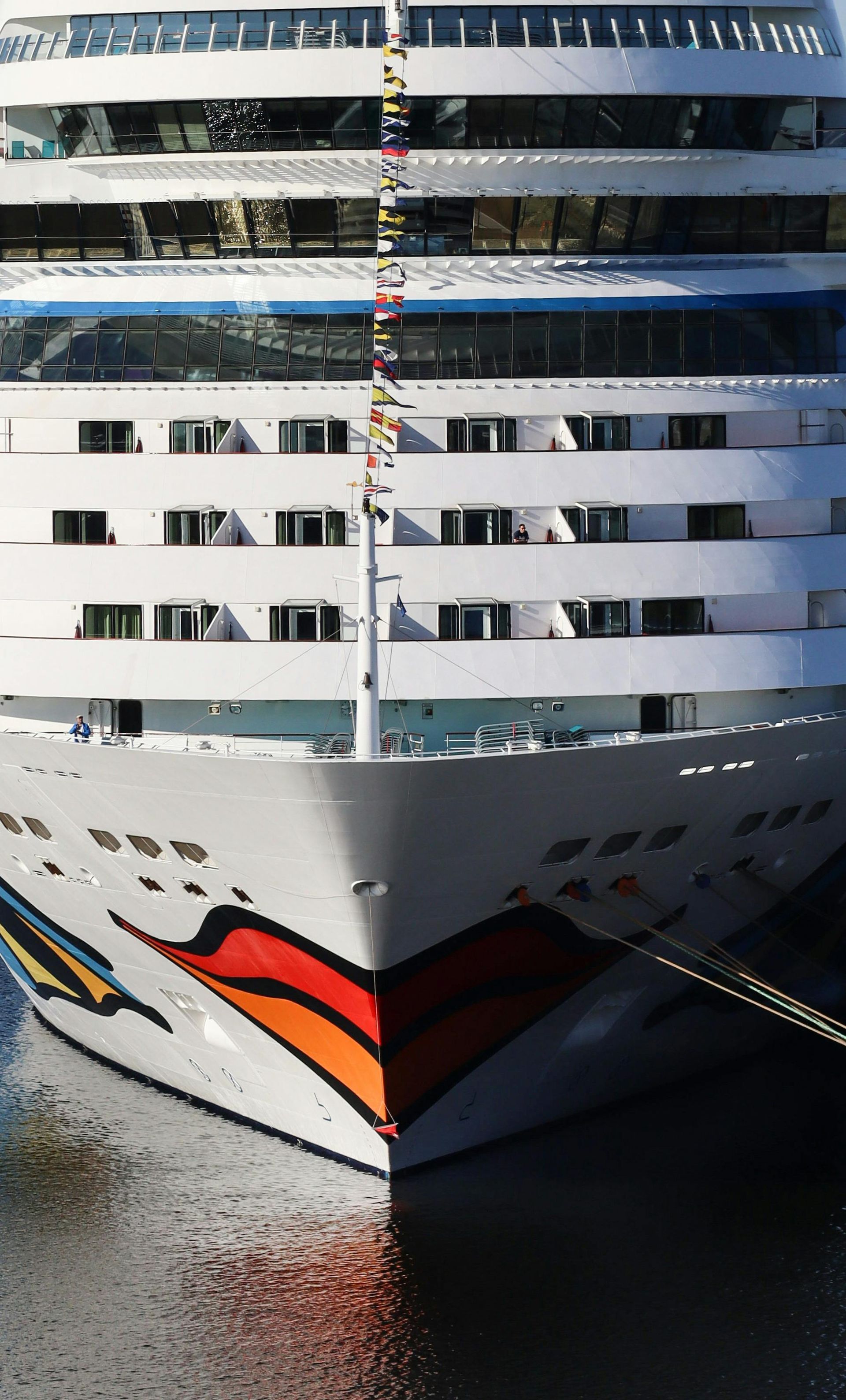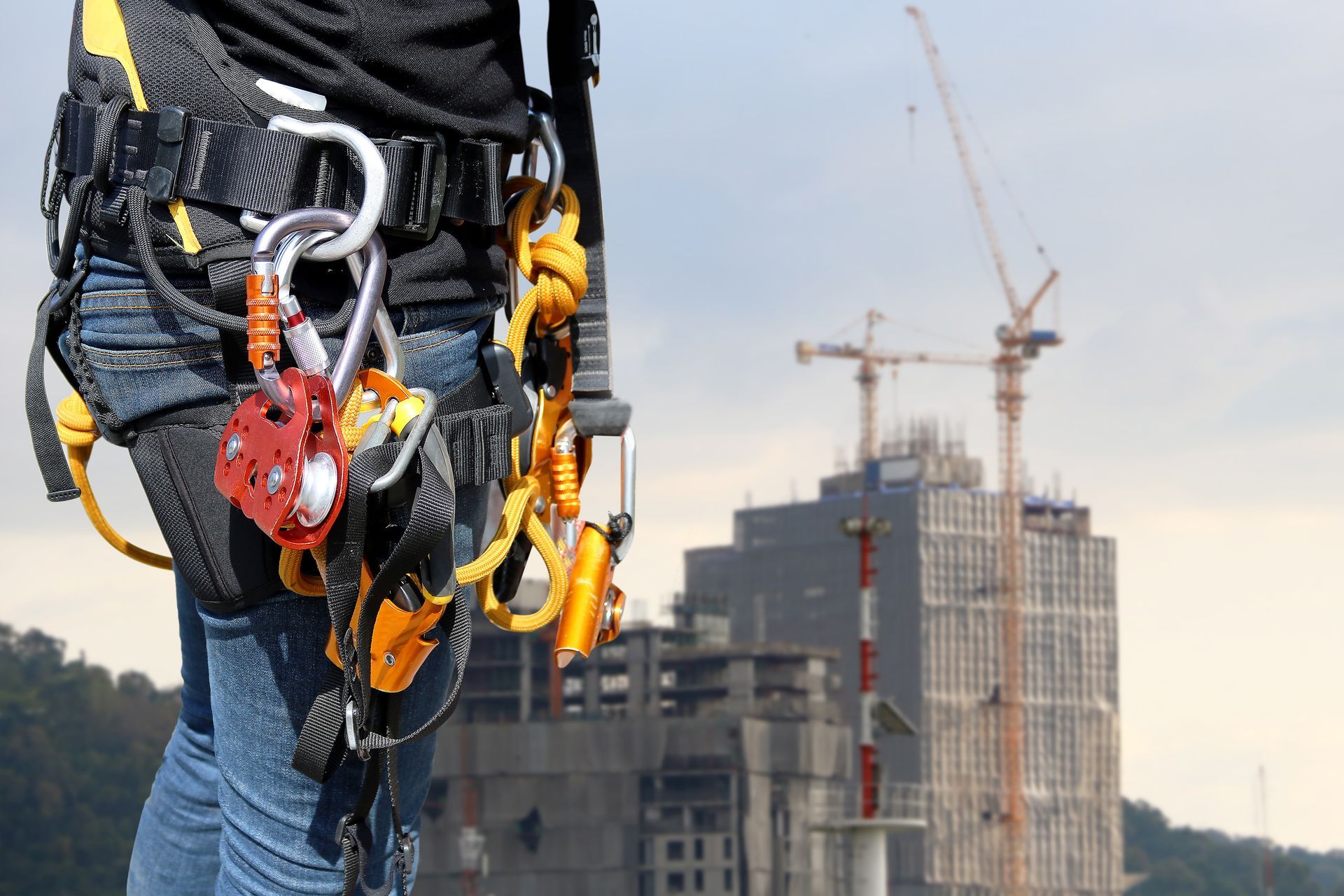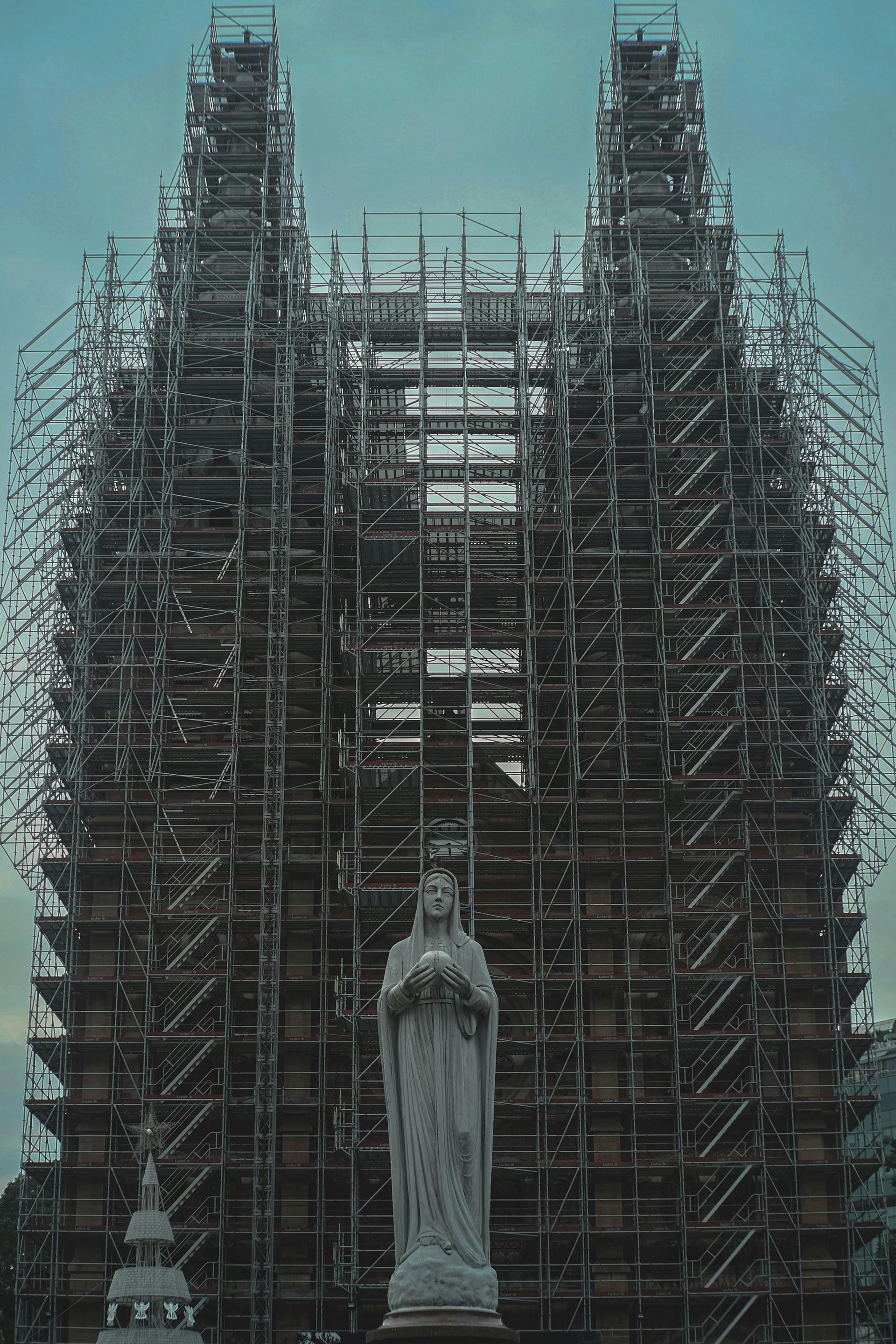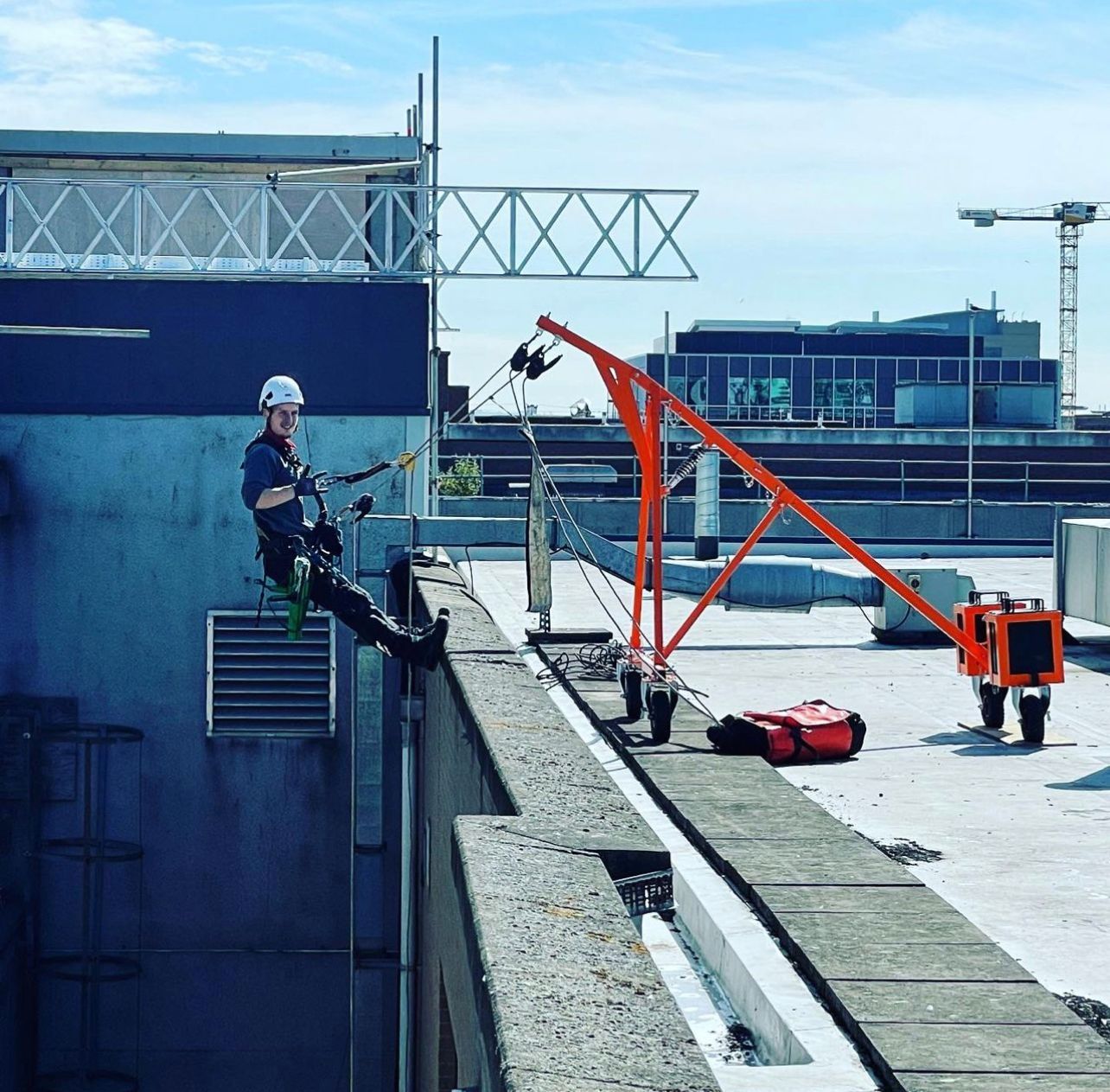How to become a Rope Access Technician
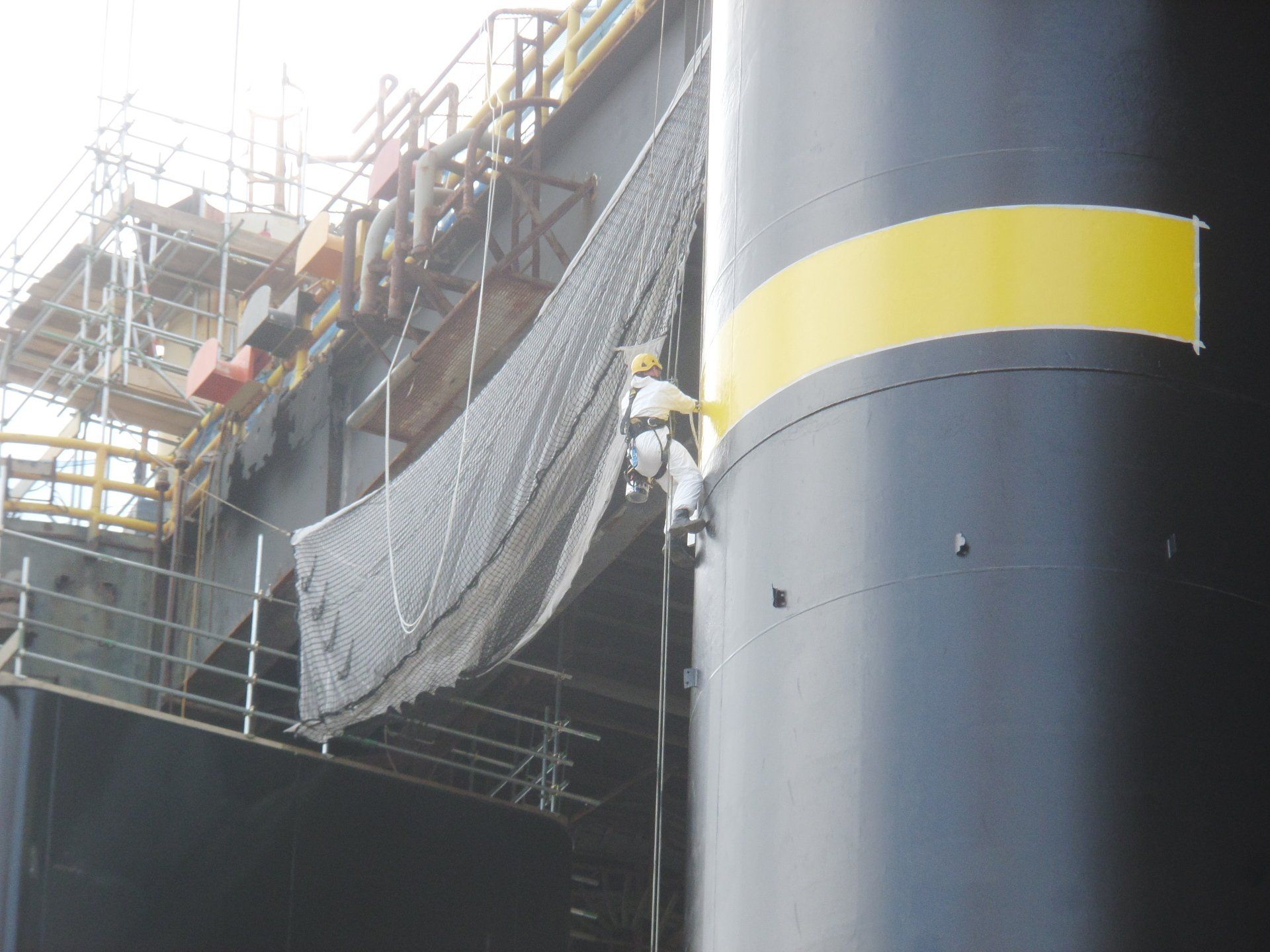
How to become a Rope Access Technician?
Rope Access
A career in rope access offers a multitude of different opportunities that can open up a world of possibilities for those who dare to reach new heights. It's a remarkable career choice for individuals who possess a fearless spirit, a eagerness for working in the vastness of nature's playground, and a desire to explore remote locations around the world that are off the beaten track.
The role of a rope access technician encompasses a wide range of diverse skills and responsibilities, which can vary significantly depending on your level of experience and qualifications. Within the field of rope access, you can find yourself engaging in various tasks such as welding, plating, repairing blades, painting, and performing general maintenance tasks at height. Additionally, there are inspection jobs that involve conducting coating surveys, safety inspections, and quality control assessments. Whether you find yourself on solid ground or venturing into the offshore realm, these roles all share one common thread: they require a high level of skill and expertise.
If you've set your sights on becoming a rope access technician in the offshore industry, then you've come to the right place. Fear not, as we have meticulously crafted a comprehensive guide that will arm you with all the knowledge and insights you need to kick start your exciting journey in the world of rope access. This invaluable resource will equip you with the tools and information necessary to navigate the challenges and seize the opportunities that lie ahead. So, buckle up and get ready to embark on an exhilarating career path that will take you to new heights and push your limits in ways you never thought possible, as we help you "Reach the Unreachable!
Getting IRATA rope access qualifications
First and foremost, before embarking on a career in rope access, it is essential to have a comprehensive understanding of the importance of obtaining the necessary IRATA rope access qualifications. It is imperative to note that there are three distinct levels of qualifications within the renowned IRATA rope access training and certification scheme, each serving as a stepping stone towards becoming a proficient industrial rope access technician. By successfully completing the rigorous training and assessment process, you will be awarded an IRATA certificate, which will enable you to establish yourself as a fully-fledged professional within the field of industrial rope access. This accreditation will not only enhance your career prospects but also instill a sense of confidence and credibility in your abilities.
And, because you can progress through different levels, including a IRATA level 1 refresher course, IRATA level 2 training, IRATA level 3 training, and IRATA Rope Access Manager Rope Access Safety Supervisor training (RAMRASS), you can progress at a pace that works for you but typically serving at least 12 months between each grade and documenting at least 1000 rope hours in your IRATA log book.
Rope Access Certification
Each level in the rope access training program reflects your skillset and experience, offering a clear pathway for professional growth. At level one, you will start as an operator, utilising existing rigging systems under the guidance of a qualified individual at level three. This introductory stage allows you to familiarise yourself with the basic principles of rope access and develop a solid foundation.
Once you have successfully obtained the level one qualification, you will have the opportunity to advance to level two. Here, you will delve deeper into the intricacies of rigging, gaining the knowledge and skills necessary to independently set up rope rigging configurations. Additionally, level two training encompasses the important aspect of colleague rescues, equipping you with the ability to perform rescues in emergency situations, ensuring the safety of your team members.
Upon completion of the IRATA training and practical assessments required for level two, you will be eligible to move on to the final stage of the program: rope access level three. This advanced level empowers you to take on greater responsibilities within your role, as you will be entrusted with allocating jobs and overseeing personnel onsite or within a team. As a level three rope access technician, your expertise and experience will be highly valued, and you will play a key role in ensuring the smooth and efficient execution of projects.
By following the IRATA training structure, you can steadily enhance your rope access capabilities and expand your professional horizons. Whether you are just starting out or seeking to further your career in the field, the rope access training program provides a comprehensive pathway for growth and development.
What does rope access training entail?
All rope access training programs are designed to equip you with the essential practical skills required to excel in a promising career dedicated to working in the field of rope access. Through actively engaging in a wide range of hands-on exercises, you will gain invaluable experience, comprehensive knowledge, and specialised expertise, ultimately granting you a clear understanding of the intricate details and demanding needs of this exhilarating job, which often involves working at significant heights, sometimes over open water.
Upon completion of your four or five day training course, you will undergo a thorough assessment, evaluating your technique and proficiency in executing various manoeuvres. In addition to this, a series of multiple choice questions will be posed to you in the theoretical exam, further testing your comprehension and grasp of the complexities involved in this field. This multifaceted evaluation aims to ensure that you possess the necessary skills and competence to excel in a rope access career that demands precision, agility, and a strong understanding of safety protocols while working at elevated heights.
What will you be assessed on during your rope access level 1?
If you are ready to embark on an exciting journey to kick start your career in rope access, this is what you can expect to cover and explore during your rope access level 1 training program. By delving into the intricacies and techniques of rope access, this comprehensive course will equip you with the essential skills and knowledge needed to excel in this exhilarating field. By immersing yourself in this learning experience, you will gain a profound understanding of the various aspects involved in rope access work, enabling you to make an informed decision as to whether this is the right career path for you, long term.
From the fundamental principles of rope access to the proper use of equipment and tools, every aspect of this training program has been meticulously designed to ensure that you acquire a solid foundation in rope access. Moreover, you will also delve into the crucial topics of safety protocols, risk management, and emergency procedures, ensuring that you are well-prepared to handle any potential challenges that may arise while working in rope access. So, if you are ready to take the leap and embark on a fulfilling career in rope access, this comprehensive training program will provide you with the essential skills, knowledge, and confidence needed to excel in this dynamic industry.
The rope access level 1 course covers:
· Safe working systems and assessing of risk.
· Safe practices.
· Anchor systems.
· Understanding of how IRATA works.
· Personal protective equipment and usage.
· Basic rescues and correct care.
· Rope system rigging.
· Fitting of equipment.
· Manoeuvres, including; descent, ascent, rope changing, work seats, deviation, edge transitions and rope protection.
· Work position systems and fall arrest.
This will give you the skills you need to embark on your new career.
About Dangle Rope Access
Here at Dangle Rope Access, we provide a variety of comprehensive inspection, access, coatings, and composite (IACC) industrial services. Our services are available to both the private and public sectors.
We offer high-quality proven solutions that will help reduce maintenance costs in both the long and short-term. We are based in Dundee, Scotland and also have offices based in Edinburgh, along with our newly established training centre in Northern Ireland Dangle Academy. Due to our company size and structure, we are able to offer a flexible and versatile approach to the way we run our business and the services that we offer our clients. And, as a leading painting company, we’ve worked on several renewable energy projects in the UK, Europe, and the US.
We work with both on and offshore with wind farm operators, and asset owners. For offshore wind farm maintenance, to onshore building maintenance, we can cover both the East and West coasts.
To find out more about how our team can help you contact us today. Our friendly, professional and helpful team is always on hand to help.
Careers in Rope Access
Rope Access Training
